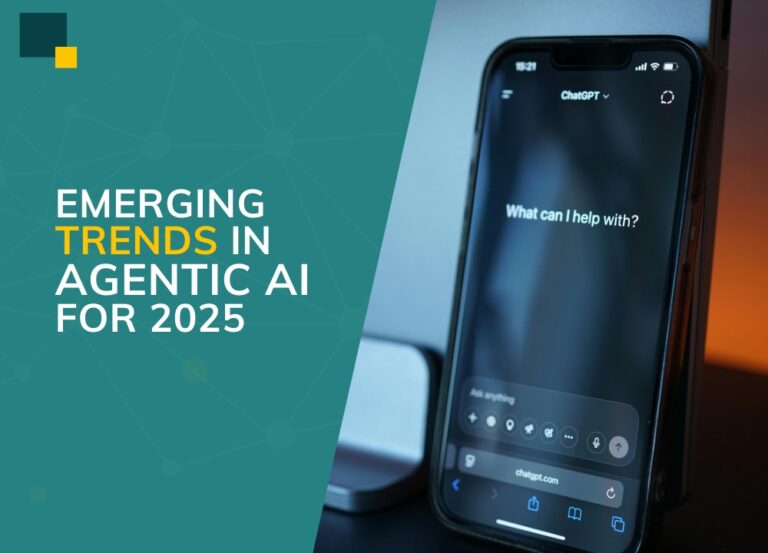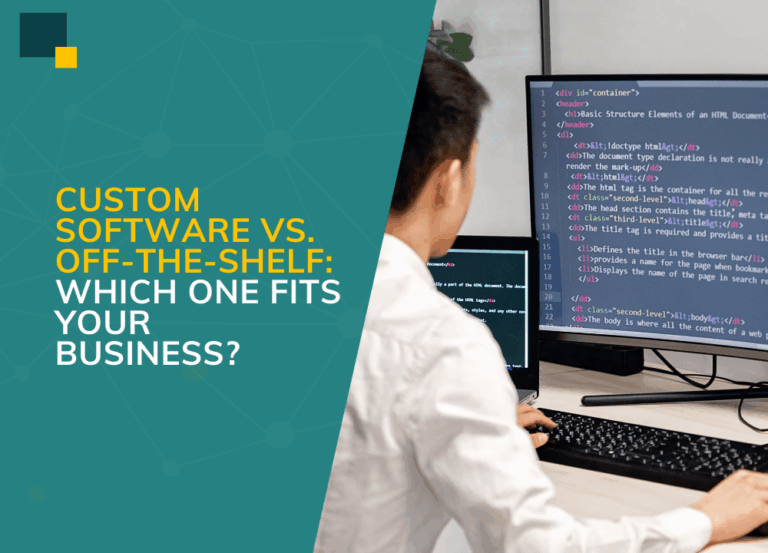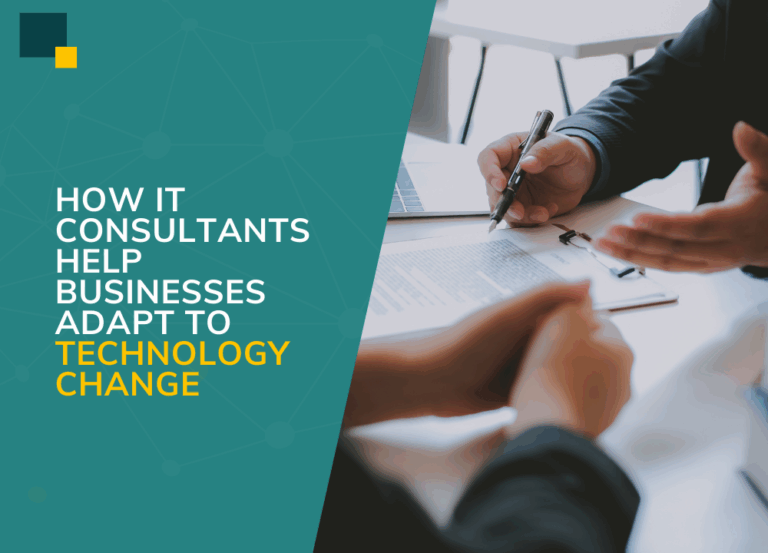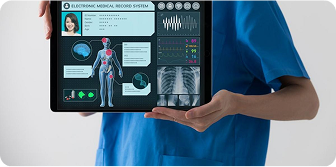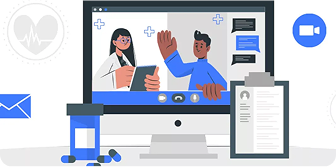AI is no longer just a tool we “ask” for answers it’s becoming a partner that can think, plan, and act on its own. This new wave, known as Agentic AI, is redefining the future of autonomous AI systems and reshaping how businesses and individuals interact with technology.
Imagine an AI that doesn’t just suggest a flight but books it for you, or one that streamlines business automation by managing tasks without step-by-step instructions. These AI-powered agents represent the next leap in intelligent agent frameworks blending autonomy, adaptability, and decision-making into real-world solutions.
As we enter 2025, Agentic AI is moving from a futuristic buzzword to a real-world innovation with cross-industry adoption. From ethical AI adoption and responsible AI trends to security in Agentic AI and multi-agent coordination, the upcoming year will highlight how these autonomous systems deliver impact while addressing governance, transparency, and accountability.
In this blog, we’ll walk through the Top 10 Emerging Trends in Agentic AI for 2025 and explore how these next-gen autonomous systems are set to transform everything from business workflows to everyday life.
1. Autonomous AI Agents
Agentic AI systems are moving beyond static outputs to execute end-to-end workflows. Instead of only providing recommendations, autonomous agents can schedule meetings, execute transactions, or trigger automated pipelines. As adaptive AI systems mature, they continuously learn and optimize workflows to minimize errors and enhance efficiency.
Technical Focus: Task orchestration, autonomous planning, reinforcement learning.
Impact: Reduced human intervention in operational tasks while managing autonomous decision-making risks.
2. Multi-Agent Collaboration Systems
Complex tasks require distributed intelligence. Multi-agent coordination frameworks allow several AI agents to communicate, delegate, and validate each other’s outputs. This fosters cross-industry AI adoption, where different sectors use agent teams to solve specialized challenges.
Technical Focus: Multi-agent communication protocols, decentralized decision-making.
Impact: Efficient scaling for enterprise-level problem-solving with greater AI accountability and transparency.
3. Personalized AI Assistants
Agentic AI is leveraging user profiling, behavioral modeling, and preference learning to build assistants that adapt to individual needs. These assistants don’t just provide answers they evolve into adaptive AI systems capable of personal growth and real-time adjustments.
Technical Focus: Contextual embeddings, adaptive learning models.
Impact: Hyper-personalized customer and employee experiences through human AI collaboration.
4. Enterprise Workflow Integration
Agentic AI is being embedded directly into BPMS, CRM, and ERP platforms to streamline operations. With stronger AI ecosystem integration, these systems can seamlessly connect across tools, departments, and industries.
Technical Focus: API-first design, workflow automation, enterprise connectors.
Impact: Significant cost savings, operational agility, and faster turnaround times contributing to the future of Agentic AI in enterprises.
5. Tool-Using AI Agents (API Integration)
AI systems are now capable of invoking APIs, executing scripts, and interacting with external software stacks. This shift represents the convergence of generative and agentic AI, where models not only generate insights but also act on them.
Technical Focus: API orchestration, external tool chaining.
Impact: Direct business outcomes payments, scheduling, data processing with built-in safeguards to minimize autonomous decision-making risks.
6. AI Agent Marketplaces
In 2025, we can expect the rise of AI marketplaces that offer pre-built, domain-specific agents for finance, healthcare, HR, and e-commerce. These platforms accelerate ethical AI adoption by standardizing trust, compliance, and responsible practices within shared ecosystems.
Technical Focus: Modular agent frameworks, SaaS distribution models.
Impact: Low barrier of entry for small and mid-sized businesses, driving responsible AI trends.
7. AI-Driven Decision-Making
Decision-making agents combine predictive analytics, reinforcement learning, and scenario modeling to support strategic planning. Strong AI governance and regulations will be essential to ensure that these systems remain fair, unbiased, and compliant.
Technical Focus: Real-time data ingestion, explainable AI (XAI).
Impact: Enhanced accuracy and reduced bias in business decisions, promoting AI accountability and transparency.
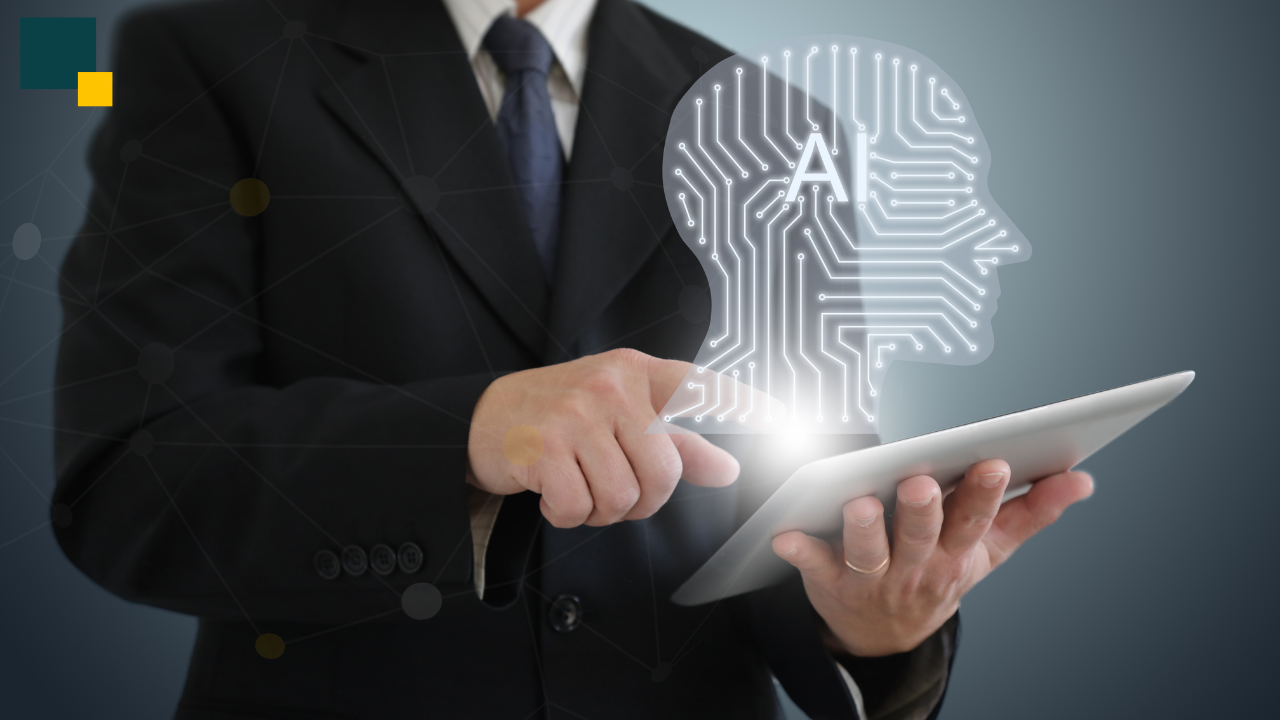
8. Human AI Collaboration
Instead of replacing humans, Agentic AI is designed for collaborative intelligence. Human AI collaboration allows people to focus on creativity, ethics, and oversight while AI manages execution. This approach also mitigates autonomous decision-making risks by ensuring human control remains in the loop.
Technical Focus: Human-in-the-loop systems, shared control frameworks.
Impact: Productivity boost without sacrificing human judgment.
9. Security, Governance & Ethics in Agentic AI
As AI agents gain autonomy, security in Agentic AI and ethical safeguards are becoming critical. Future-proof systems will rely on AI governance and regulations, along with frameworks that enforce AI accountability and transparency.
Technical Focus: Access control, audit logs, and responsible AI frameworks.
Impact: Reduced risk of misuse, stronger compliance with global standards, and better alignment with responsible AI trends.
10. Industry-Wide Adoption
Agentic AI is moving from pilots to full-scale deployment across industries a true wave of cross-industry AI adoption.
- Healthcare: AI-driven diagnostics and patient follow-up agents.
- Finance: Portfolio optimization, fraud detection, automated compliance.
- E-commerce: Intelligent shopping agents for price comparisons and returns.
This broad uptake signals the future of Agentic AI, where domain-specific agents support compliance, efficiency, and AI ecosystem integration.
Technical Focus: Domain-specific agent customization, integration with legacy systems.
Impact: Acceleration of digital transformation across sectors, powered by ethical AI adoption and responsible AI frameworks.
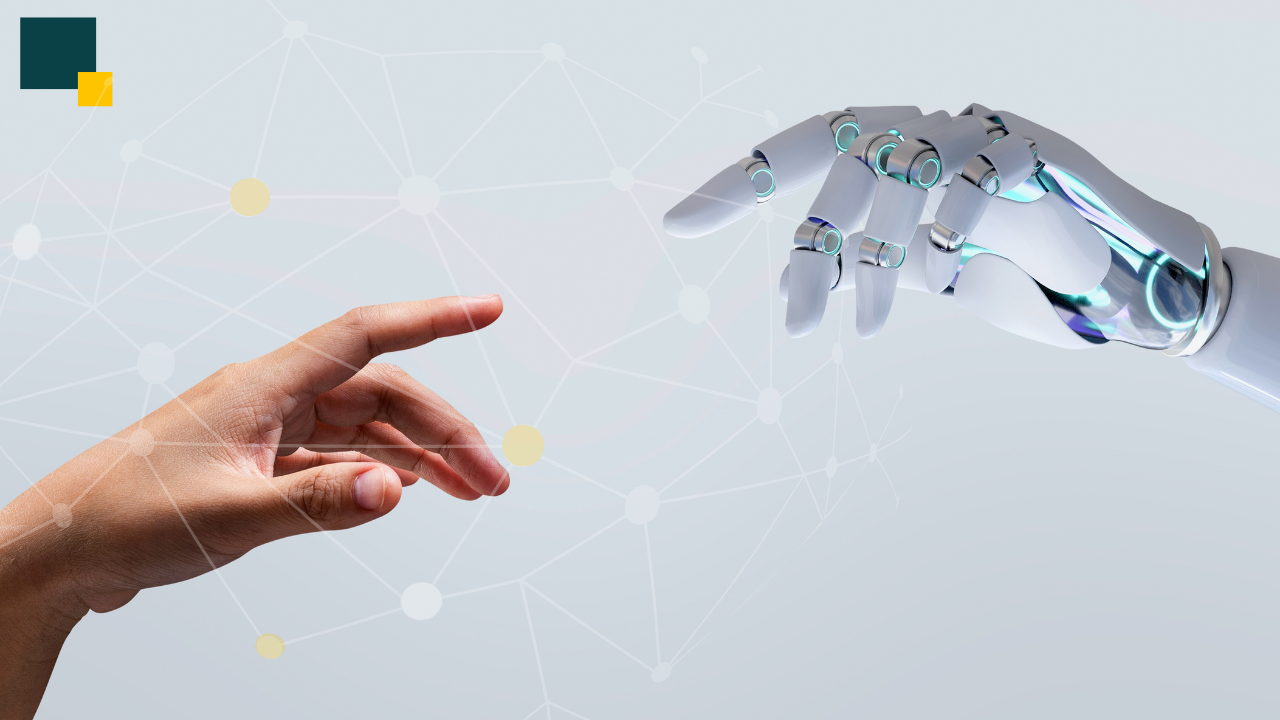
CortechSols: Turning Agentic AI Into Real Business Solutions
At CortechSols, we’re helping businesses move from curiosity about Agentic AI to actually putting it to work. Our focus is on building practical AI-powered agents that can plan, act, and adapt on their own — whether that’s automating workflows, connecting different systems, or supporting smarter decision-making. Instead of just delivering tools, we design solutions around real problems: reducing manual effort, improving speed, and creating a smoother experience for end users. From experimenting with next-gen autonomous systems to developing frameworks that keep responsible AI trends in mind, CortechSols is working to make this shift toward autonomous agents both useful and safe for the businesses that trust us.
Challenges & Risks of Agentic AI
Agentic AI brings huge opportunities, but it also comes with some challenges that need careful handling. These risks are part of the natural evolution of AI autonomy, and businesses must be prepared to address them.
Data Privacy & Security → Since AI agents often work with sensitive information, keeping data safe is a big concern. Companies are focusing on security in Agentic AI by using methods like encryption, audit logs, and other responsible AI trends. This makes sure that Agentic AI use cases remain trustworthy and safe.
Over-Reliance on Agents → Depending too much on AI-powered agents 2025 can backfire if the system makes a wrong decision or fails at a task. While AI agents in business automation are great for reducing manual work, businesses should still use human oversight especially with AI decision-making models in 2025 in areas like finance and healthcare.
Ethical Dilemmas → Fairness, bias, and accountability are still big challenges as more organizations adopt next-gen autonomous systems. To earn trust, companies will need to follow clear rules around ethical AI adoption and ensure their Agentic AI future applications are used responsibly.
Future Outlook: What’s Next Beyond 2025?
Looking ahead to 2026–2030, the future of autonomous AI systems will shift toward broader adoption and stronger controls. As intelligent agent frameworks mature, industries will work toward shared rules and standards so different AI agents can collaborate seamlessly across ecosystems. At the same time, governments and regulators are expected to enforce stricter AI governance and compliance measures, ensuring these systems remain secure, transparent, and ethical.
By the late 2020s, we’re likely to see entire cross-industry agent ecosystems emerge with AI agents in healthcare, finance, retail, and logistics working together as part of a connected network. Instead of relying on isolated tools, businesses will increasingly depend on unified systems of agents that can manage end-to-end automation.
For companies, the takeaway is clear: those that start preparing early for this future of Agentic AI will have a major competitive edge. By building trust, experimenting with real-world use cases, and aligning with evolving regulations, they’ll be in the best position to adapt smoothly and lead in the era of connected, autonomous agents.
Conclusion
The year 2025 is a turning point for Agentic AI moving from ideas to real-world use. From autonomous AI trends 2025, multi-agent systems, and trends in Agentic AI to large-scale deployment and responsible AI trends, technologythe technology is changing the way we live and work.
Still, with all these opportunities, the risks around security, ethics, and over-dependence on agents show why responsible adoption is so important. Beyond 2025, the evolution of AI autonomy will move toward global standards, stronger rules, and networks of agents that connect industries. Businesses that start building trust and experimenting now will lead the way in this new era of AI-powered agents in 2025.
Frequently Asked Questions (FAQs)
1. What is Agentic AI in simple terms?
Agentic AI is artificial intelligence that can act on its own instead of just giving answers. It can plan, make decisions, and complete tasks like booking flights or managing workflows. These are examples of Agentic AI use cases built on intelligent agent frameworks.
2. Why are Agentic AI trends important in 2025?
2025 is the year when Agentic AI becomes more practical and widely used. Businesses are adopting it for AI agents in business automation, AI decision-making models 2025, and personalized assistants. These autonomous AI trends 2025 make it a key year to stay ahead.
3. What are the risks of Agentic AI?
The main risks are data privacy issues, ethical concerns like bias, and relying too much on next-gen autonomous systems. That’s why responsible AI trends and proper governance are necessary.
4. How will Agentic AI impact businesses?
It will help companies work more efficiently, cut down on manual tasks, and make better decisions. From customer support to finance, AI-powered agents in 2025 and other Agentic AI future applications will make it easier for businesses to grow faster.
5. What is the future of Agentic AI beyond 2025?
Between 2026 and 2030, we’ll see stricter AI governance and regulations and more connected systems. The future of autonomous AI systems is about cross-industry agent networks that work together, making AI a widely used, well-regulated technology.

